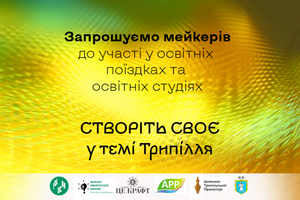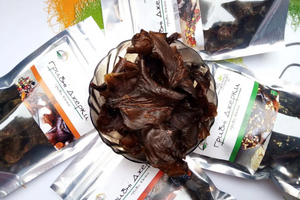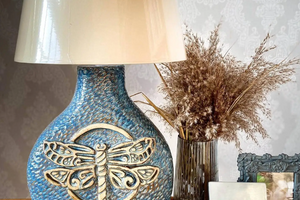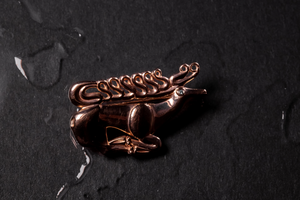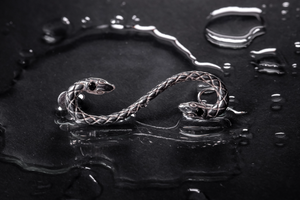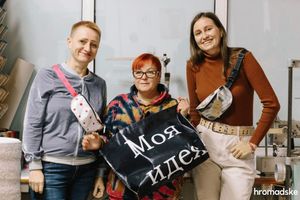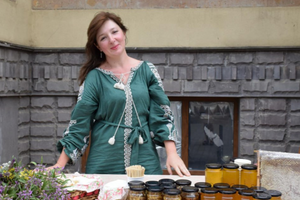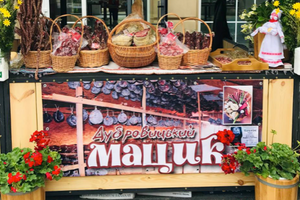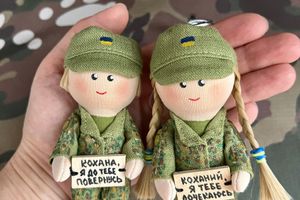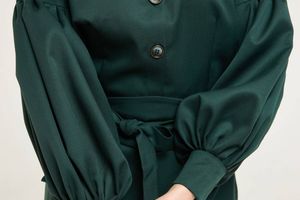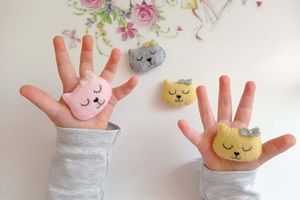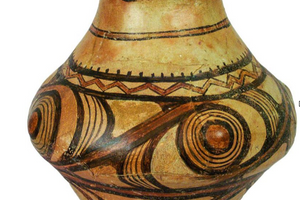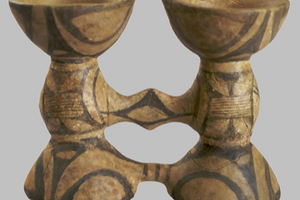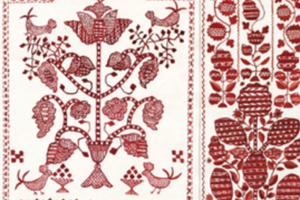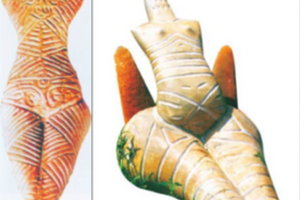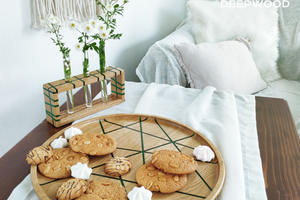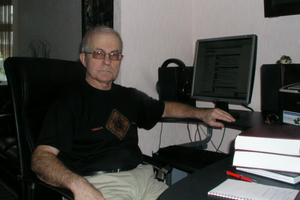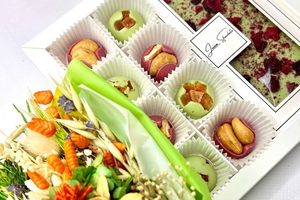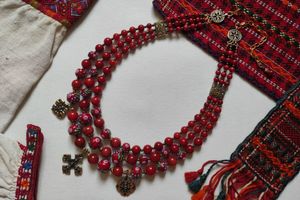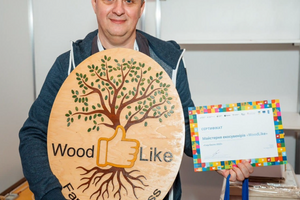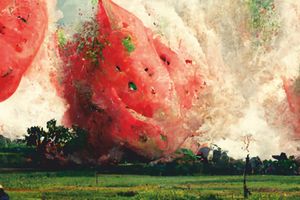The Trypil culture has left us many archaeological finds, among which ceramic products have a special place.One of the most interesting objects of this culture are sled models, which are unique ceramic products.In recent decades, the number of finds of model sleds has increased significantly thanks to excavations, mainly in settlements on the territory of Bug and Dnipro River.
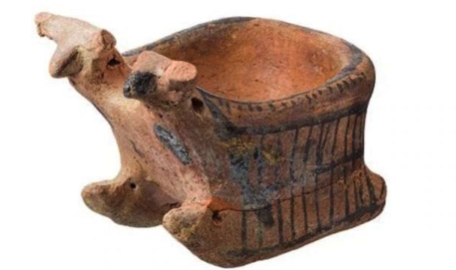 Trypil ceramic sledges-works of high pottery skill
Trypil ceramic sledges-works of high pottery skill
Trypil sleighs were made of ceramics and were distinguished by the high skill of potters. They looked like small ceramic carts, which consisted of three parts: deep body, oval or rectangular, massive curved runners with holes and a sculptural head of an ox, which was attached to the front, to the upper part of the body. Findings testify, that some sledges even had traces of two ox heads.
The art and technique of making Tripoli ceramic sledges
Tripoli sleighs were decorated with engobes (oxidized clay solution) red color, which gave them a characteristic reddish hue. Painting could be seen on the inner surface of the sleigh, made with black paint. The finds are considered the most interesting, where the heads of oxen were depicted on the sleigh, vertical tapes (sometimes they were called ladders) and other decorative elements. The painting of the sleigh was similar to the painting on other Tryplian ceramic products, which indicates a common tradition of masters.
A large number of finds of models of sledges were made during excavations in the Maidanetske settlement. These finds vary in size, but mostly they were relatively small. The same ceramics were used for making sledges, as for dishes, and underwent the same firing process. But, worth noting, that making a sleigh required more skill, as the details were more difficult to reproduce.
Disclosure of their role and importance
The exact purpose of the Trypil sleigh remains a mystery, as they are not in a domestic context.A large number of finds, mostly in certain ritual contexts, allows us to assume, that they could be used for religious or ceremonial purposes. Finding a sleigh along with other sacred objects, in particular in pits, also confirms their special role in cultural rituals.
Sign «ladder» in world myths has its own special meaning, associated with sacredness «altitude» and transition states. It is stated in the myths of various peoples of the world, that the soul of the deceased goes uphill along the trunk of a tree, ropes or ladders. This symbolism was reflected in the paintings of Trypil sleighs, which favours the assumption, that they may have been associated with funeral rites and practices of rebirth of the soul in the afterlife. Additional evidence supports the idea of the archaic nature of the use of sledges in burial rituals. Example, clay tablets from Sumer contain pictographs like a chariot, so is the sleigh, and was considered, that the latte was used to drag loads across swampy terrain. But richly decorated trees were found among the royal tombs in sledges, in which two donkeys were harnessed. This sleigh was decorated with golden heads of bulls and lions, which testifies to their sacred significance.In addition to the sled, models of boats made of copper and silver were also found in the royal tombs, which were also used in funeral rituals.
There is also an assumption, that sleigh-vagrants could become the basis for the emergence of carts, because round logs were placed under them. This idea has been around for over a hundred years, and therefore, the hypothesis about the origin of the cart from the sleigh has been studied for a long time, and it continues to attract the attention of researchers in the context of studying the technological and cultural development of ancient civilizations.
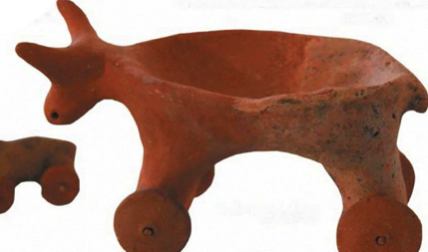
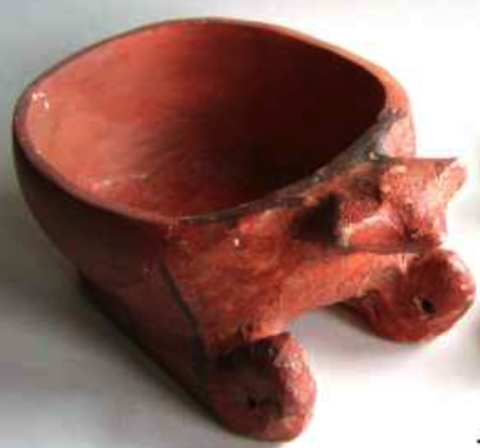
In general, Tryplian models of sledges remain one of the most interesting and mysterious artifacts of Tryplian culture. They not only reflect the technological aspect of the life of Tripoli residents, but also have a deep symbolic meaning, district associated with religious and ritual practices. The study of these unique artifacts will help reveal more secrets of Tryplian culture and allow us to learn with dignity the thoughts and beliefs of our ancient ancestors.
The information was collected by the editor Sofia Zabolotna
References:
1.Kruts V.AND.,Corvin-Piotrovsky A.G.,Ryzhov S.N.Tripol settlement-the giant of Talianka.-Kyiv, 2001.-p. 60 - 61
2.Kruts V.AT.,Chabanyuk V.IN.,Chornovil D.K.The morning of the agricultural world.Kyiv:Machinery, 2000.-p. 7.
3.Ancient history of Ukraine.Kyiv:Scientific thought, 1997.-T. 1.-p. 84.
4.Shmaglii M.M.Large Trypil settlements and the problem of early forms of urbanization.-Kyiv, 2001.-p. 9



























































